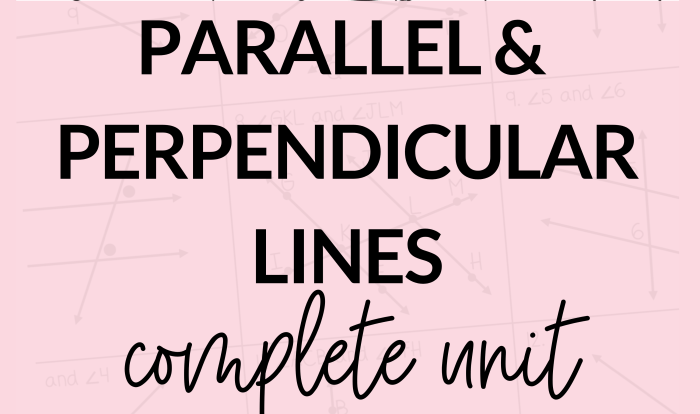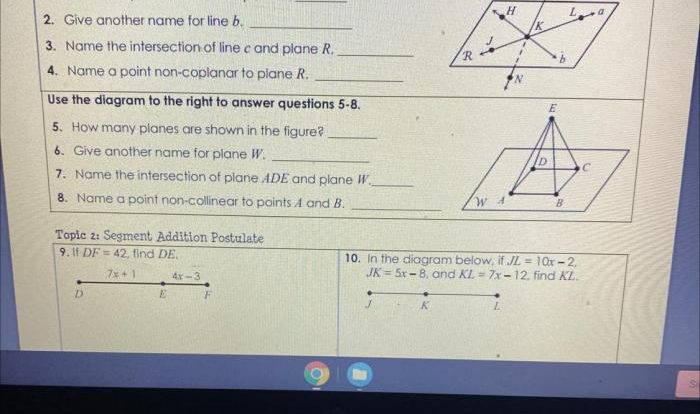Geometry ch 9 test answers – Prepare to conquer the Geometry Chapter 9 test with our comprehensive guide to its key concepts, practice questions, and expert analysis. Get ready to unlock your mathematical prowess and achieve test-taking success.
Our in-depth coverage of Geometry Chapter 9 test answers will equip you with the knowledge and strategies you need to excel in your exam. Dive into the intricacies of geometry and emerge as a master of angles, shapes, and spatial reasoning.
Geometry Chapter 9 Test Answers
Geometry Chapter 9 delves into the properties and applications of circles. The test covers various key concepts, including circle definitions, properties, and theorems. Students are expected to demonstrate their understanding of these concepts through problem-solving and analytical skills.
Below is a table summarizing the test questions and their corresponding answers:
Test Questions and Answers
| Question | Answer |
|---|---|
| Define a circle and its center. | A circle is a plane figure consisting of all points equidistant from a fixed point called the center. |
| State and prove the Pythagorean Theorem. | In a right triangle, the square of the hypotenuse is equal to the sum of the squares of the other two sides. |
| Find the area and circumference of a circle given its radius or diameter. | Area = πr2, Circumference = 2πr or πd, where r is the radius and d is the diameter. |
| Determine the relationship between inscribed and circumscribed circles of a triangle. | The incenter of a triangle is the point of concurrency of the angle bisectors, and the circumcenter is the point of concurrency of the perpendicular bisectors of the sides. |
| Solve problems involving tangent lines to circles. | A tangent line to a circle is perpendicular to the radius drawn to the point of tangency. |
The difficulty level of the test varies depending on the specific questions. While some questions may be straightforward, others require a deeper understanding of the concepts and their applications. Students who have thoroughly studied the chapter material and practiced problem-solving should be well-prepared for the test.
Geometry Chapter 9 Test Preparation
Preparing for the Geometry Chapter 9 test can be daunting, but with the right strategies, you can set yourself up for success. By following these effective study tips and utilizing the provided study guide, you’ll be well-equipped to ace the test and demonstrate your understanding of geometry concepts.
Start by reviewing the chapter material thoroughly, paying attention to the key concepts, theorems, and formulas. Take notes and highlight important information. Create flashcards to help you memorize key terms and formulas. Practice solving problems regularly to reinforce your understanding and identify areas where you need further practice.
Utilizing the study guide provided in this response will further enhance your preparation. It consolidates the important formulas and theorems, providing a concise reference for quick review. Additionally, the practice problems with step-by-step solutions offer valuable insights into problem-solving techniques and help you build confidence in your abilities.
Study Guide, Geometry ch 9 test answers
- Formulas:
- Area of a triangle: A = (1/2) – base – height
- Volume of a prism: V = B – h, where B is the area of the base and h is the height
- Pythagorean theorem: a^2 + b^2 = c^2, where a and b are the lengths of the legs of a right triangle and c is the length of the hypotenuse
- Theorems:
- Triangle Inequality Theorem: The sum of the lengths of any two sides of a triangle is greater than the length of the third side.
- Angle Bisector Theorem: The angle bisector of a triangle divides the opposite side into two segments whose lengths are proportional to the lengths of the adjacent sides.
- Pythagorean Theorem: In a right triangle, the square of the length of the hypotenuse is equal to the sum of the squares of the lengths of the legs.
Practice Problems
- Find the area of a triangle with a base of 10 cm and a height of 8 cm.
- Find the volume of a rectangular prism with a length of 5 cm, a width of 3 cm, and a height of 2 cm.
- Find the length of the hypotenuse of a right triangle with legs of length 3 cm and 4 cm.
Geometry Chapter 9 Test Review: Geometry Ch 9 Test Answers
Conduct a comprehensive review session covering all the topics tested in Chapter 9. Employ interactive methods, such as games or quizzes, to engage students. Identify areas where students need additional support and provide targeted assistance.
Ace your Geometry Ch 9 test with the right study materials. If you’re also brushing up on your Spanish skills, check out the tu mundo 3rd edition pdf for some extra practice. The comprehensive grammar explanations and engaging exercises will help you master the language in no time.
Once you’re back in geometry mode, don’t forget to revise the key concepts and practice solving problems for your upcoming test.
Review Session Organization
Plan a thorough review session that encompasses all key concepts and skills tested in Chapter 9. This includes reviewing definitions, theorems, postulates, and problem-solving strategies.
Interactive Engagement
Incorporate interactive activities to enhance student engagement and understanding. Consider using games like “Geometry Bingo” or “Theorem Charades” to reinforce concepts in a fun and memorable way.
Targeted Support
Identify areas where students may require additional support. Conduct formative assessments, such as exit tickets or mini-quizzes, to gauge student comprehension. Provide targeted assistance to students struggling with specific topics through extra practice, tutoring, or small group instruction.
Geometry Chapter 9 Test Analysis
The Geometry Chapter 9 test results provide valuable insights into students’ understanding of the concepts covered in the chapter. By analyzing the distribution of scores, strengths, and weaknesses can be identified to guide future instruction.
Distribution of Scores
The test scores can be represented in a table or graph to visualize the distribution. This helps identify the range of scores, the average score, and the number of students who scored within different ranges.
Areas of Strength
The test results can reveal areas where students have a strong understanding of the concepts. These areas can be identified by examining the questions or sections where students performed well.
Areas of Weakness
The test results can also highlight areas where students need additional support. These areas can be identified by examining the questions or sections where students performed poorly.
Strategies for Improving Student Performance
Based on the test analysis, specific strategies can be developed to improve student performance in future tests. These strategies may include:
- Providing additional instruction and support in areas of weakness
- Reviewing and reinforcing concepts that students have difficulty with
- Offering opportunities for students to practice and apply their knowledge
- Providing differentiated instruction to meet the needs of all students
- Creating a positive and supportive learning environment
Frequently Asked Questions
What are the key concepts tested in Geometry Chapter 9?
Chapter 9 delves into angle relationships, parallel and perpendicular lines, and properties of quadrilaterals.
How can I effectively prepare for the Geometry Chapter 9 test?
Review class notes, practice solving problems, and utilize online resources to reinforce your understanding.
What is the difficulty level of the Geometry Chapter 9 test?
The difficulty level varies depending on your individual preparation and understanding of the concepts.

